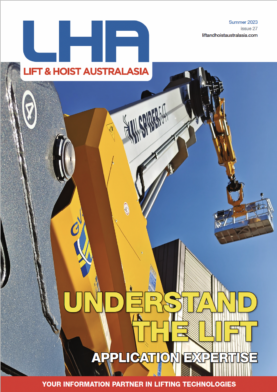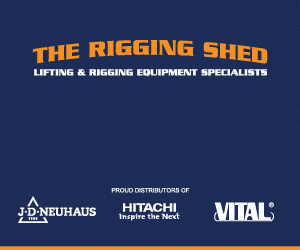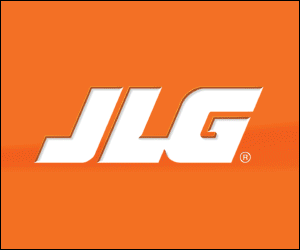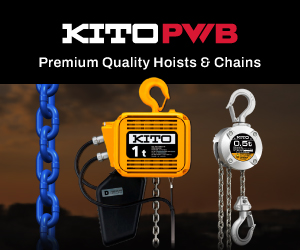)
Research Partnership to Advance Crane Safety System
Verton Australia is investing in robotic research to advance the development and manufacturing of its “world first” remote-controlled load-management system that eliminates the need for human held taglines for crane operations, keeping people out of harm’s way.
In a collaborative research project involving Queensland University of Technology (QUT) and the Innovative Manufacturing CRC (IMCRC), Brisbane-based Verton will be looking at how robotics will transform the manufacture and operation of its award-winning R-Series load-management system that is already being used on a wide range of projects worldwide.
Verton Australia CEO Trevor Bourne said the two-year project to bring together experts in robotics and data analytics to further develop the R-Series systems was an exciting development for the company.
“The R-Series has been attracting worldwide interest from transport, construction, renewable energy and mining companies and was recently recognised at Australia’s peak industry design awards, the Good Design Awards,” Bourne said.
“To be involved in a project to adapt the development and manufacturing of the R-Series through the use of robotics is a compelling concept that has enormous potential. As well as enabling unprecedented safety for crane operations, the R-Series also improves efficiency and productivity.
“Our objective is for the product to be used all around the world and with the support and innovative expertise of partners such as QUT and IMCRC, we are extremely confident of achieving this goal.”
A team of QUT researchers, led by Professor Jonathan Roberts, is taking a multifaceted approach in identifying ways to further develop Verton’s systems.
Professor Matt Dunbabin is working on the ways to improve the control system for the device, while Dr Chris Lehnert is looking at how robotics can be used in the manufacture of the device and data analytics research. Associate Professor Richi Nayak will be using machine learning to understand how the system’s performance could improve, and the Institute of Future Environments will improve the energy use.
“We are excited by projects like this one when the aim is to make a traditional piece of equipment, like a crane, and turn it into a smart robot,” Roberts said.
“For instance, the new device will enable the wind farm industry to install wind turbine blades more safely and in more challenging environments. It is currently not easy to install a blade, up to 100m in length, from a moving ship in high winds,” he added.
The researchers will be using sensors on the equipment that will allow the crane’s performance to be optimised, this includes investigating ways to improve the energy management and storage capabilities of the device.
IMCRC CEO and managing director David Chuter said with Industry 4.0, which uses transformative technologies to connect the physical world with the digital world, and the increased use of robotics, automation and data analytics, it was an exciting time to be involved in constructions and manufacturing.
“By embracing digitalisation and integrating advanced manufacturing technologies such as smart robotics and the Internet of Things, Verton, in collaboration with QUT, will create and export new flexible load-management solutions that can be seamlessly integrated and applied across multiple sectors,” Chuter said.
“Collaboratively, they will change industries because they see the benefits that their manufacturing research will create, not just for Australia – but globally.”









